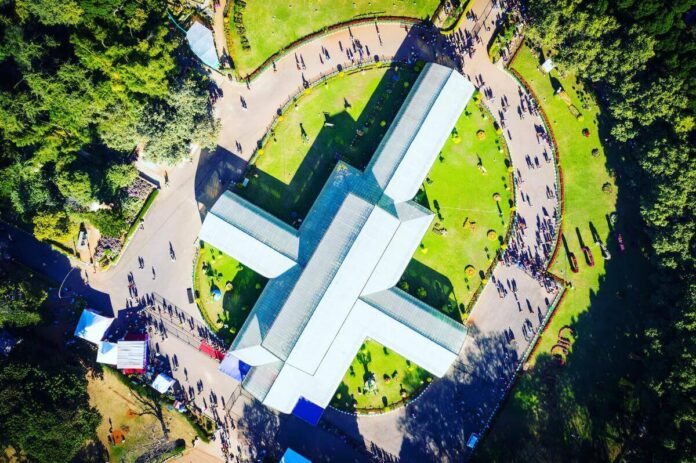Lalbagh is an archive of Bengaluru’s historical moments.
Story so far: As Bengaluru becomes increasingly urbanised, its historical past and green spaces assume more salience in the cityscape. One such historical landmark is the present-day botanical garden Lal Bagh, the roots of which can be attributed to Hyder Ali and Tipu Sultan’s love of greenery.
- The park’s oldest section sits on a formation of ancient peninsular gneiss rock, roughly three billion years old. One of the four towers, erected by the 16th-century ruler Kempe Gowda II, was planted atop it to mark the city’s boundaries.
- INTACH reveals that the garden of Hyder Ali’s time likely came up around 1760 to Lal Bagh tank’s north. By 1791, it would have been laid out in the Persian ‘char-bagh’ style, then favoured by the Mughals.
What else? The garden has colonial Indian history woven into its crevices and corners too. The Glass House was inspired by its counterpart in the Crystal Palace, London. It was inaugurated in 1889 by Prince Albert Edward, a grandson of Queen Victoria, at a celebration organised by King Chamaraja Wodeyar.
- A soundly preserved British dovecote, dating back to 1893, can be found near the Kempe Gowda tower.

